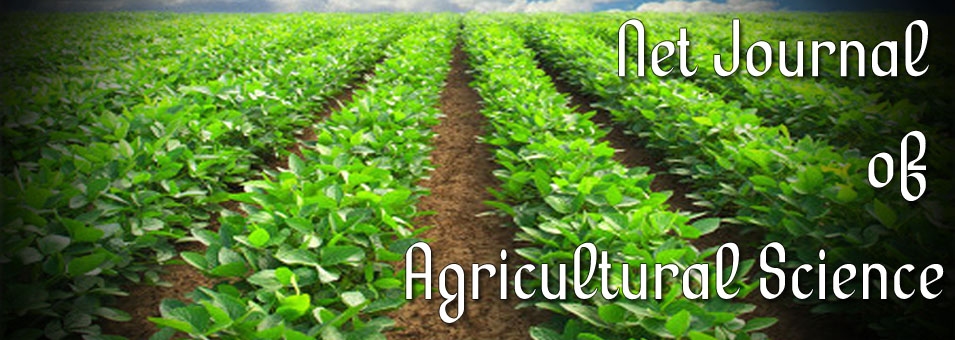Tanzanian rangelands in a changing climate: Impacts, adaptations and mitigation
Sangeda A. Z. and Malole J. L.Net Journal of Agricultural Science
Published: January 6 2014
Volume 2, Issue 1
Pages 1-10
Abstract
Livestock are central to the livelihoods of Tanzanians who rely on them for income via sales of milk, meat, skins and draught power. Owning livestock is amongst the ways in which many Tanzanians could diversify their risks, increase assets and improve their resilience to changes in climate. Though local coping strategies can deal with shocks in the short-term, they are hardly able to cope with more frequent and severe climate events. Observably, temperature, rainfall and atmospheric CO2 concentration interact with grazing and land cover change to influence rangeland quality and composition. Increased temperature increases drought stress and tissue lignifications in plants and, consequently, affects their digestibility and decomposition rate. Increased temperature and lower rainfall also increases vegetation flammability resulting in a shift in species composition due to increased fire frequency. Literature indicates that, Tanzania rangelands receiving between 400 and 1000 mm of rain per year (e.g. Kongwa, Monduli, Kiteto, Simanjiro, Ngorongoro, Babati, Hanang, Mbulu and Karatu) have greatest impact on climate change on surface drainage. A 10% drop in rainfall of 1000 mm per year in a rangeland results in a decline in surface drainage of only 17%, while in areas of 500 mm per year will result in a 50% decline. Interventions such as controlled animal stocking rates, sustainable yield and use of good pasture will lessen the negative impacts of climate change on rangelands. Opportunities for reducing greenhouse gas emissions on rangelands include maintaining or increasing carbon sequestration through better soil management and reducing methane production by altering animal management practices on rangelands. There is a need to focus on enabling herd mobility through securing better access to water resources, land use planning, and improve early warning systems and supporting a diversification of livelihoods.
Keywords: Kongwa ranch, livestock, rainfall patterns, Maasai, surface drainage.
Full Text PDF
